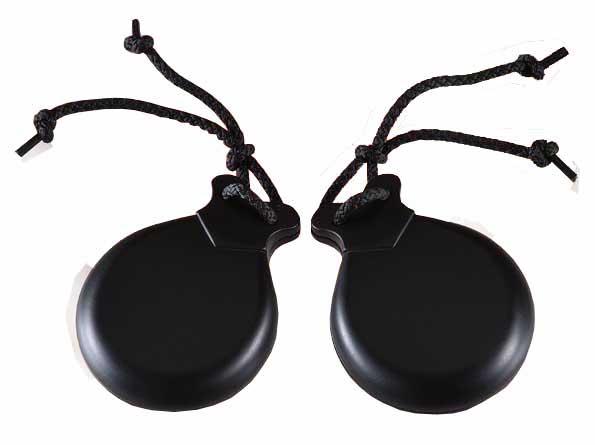flamenco
The Flamenco; Castanets
The castanets are an instrument very simple and with a long history. Are a lot the countries that play them in their dances but is in Spain where they have developed the most, their sound has been improved and their use studied.

The castanets are an instrument very simple and with a long history. Are a lot the countries that play them in their dances but is in Spain where they have developed the most, their sound has been improved and their use studied. Curiously they have other names according to the region. In Valencia they call it “postizas”; in Asturias “tarrañuelas”, in Lorca “castañotes”, in Aragón “pulgareles” or “jotaneros”, in Andalusia “palillos”, in Canarias “chácaras” and there are many other names in our country.
In the XIX century the use of castanets was fomented through the bolero school and incorporated also in some scores of opera and ballet. However, was in the XX century when this instrument was dignified and perfected acquiring the dimension it deserves according Carlos Murias who wrote:
Is with Antonia Mercé, La Argentina (Buenos Aires, 1890- Bayona, 1936) who with this instrument became more important. A series of castanets were made with one heart deeper than the other so the sounds changed. She performed fortes and pianos until she got the perfect skill with her fingers. Vicente Escudero created metal castanets and investigated new rhythm and sonorous rhythms. Later, Pilar López, La Argentinita’s sister, discovered the “media carretilla”. The castanets sounded better. But it was with Emma Malera who with this instrument became one with many musical possibilities. She created a method that soon became the most important transcribing in a bigrama the play of castanets while her disciple José de Udaeta gave it a theatrical stage.
In the XIX century the use of castanets was fomented through the bolero school and incorporated also in some scores of opera and ballet. However, was in the XX century when this instrument was dignified and perfected acquiring the dimension it deserves according Carlos Murias who wrote:
Is with Antonia Mercé, La Argentina (Buenos Aires, 1890- Bayona, 1936) who with this instrument became more important. A series of castanets were made with one heart deeper than the other so the sounds changed. She performed fortes and pianos until she got the perfect skill with her fingers. Vicente Escudero created metal castanets and investigated new rhythm and sonorous rhythms. Later, Pilar López, La Argentinita’s sister, discovered the “media carretilla”. The castanets sounded better. But it was with Emma Malera who with this instrument became one with many musical possibilities. She created a method that soon became the most important transcribing in a bigrama the play of castanets while her disciple José de Udaeta gave it a theatrical stage.
